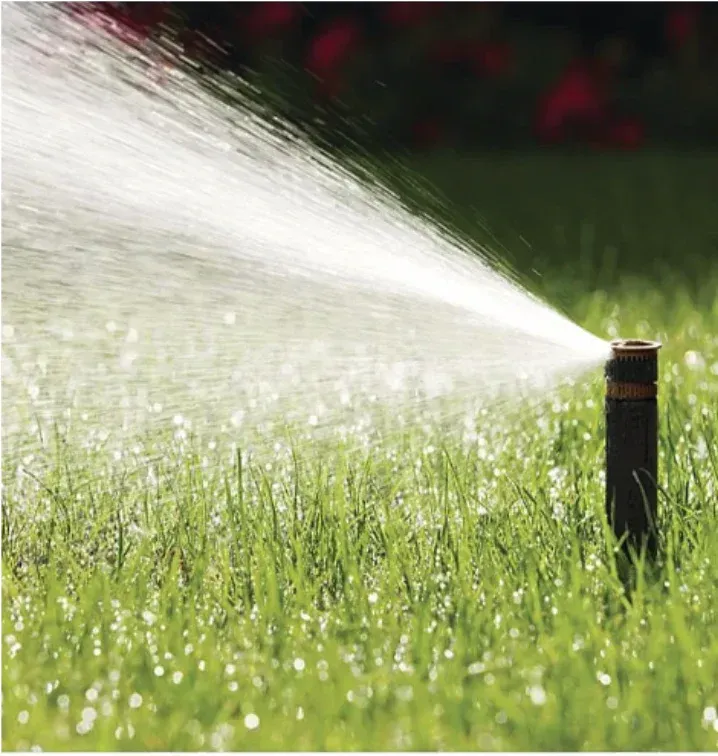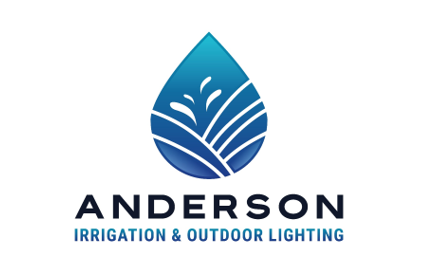Blog Layout
Optimizing Your Irrigation System for the Summer Months

By: Clay Anderson / June 4, 2024
As summer approaches, maintaining a healthy, vibrant lawn and garden becomes a priority. Proper irrigation is crucial to ensure your plants thrive in the heat. Programming your irrigation system effectively can save water, reduce costs, and ensure your lawn and garden stays lush. Here’s a comprehensive guide to help you set up your irrigation system for the summer months.
Understanding Your Irrigation Needs
Before diving into programming, it's important to assess your lawn and garden’s specific watering requirements. Different plants have varying water needs, and factors such as soil type, climate, and sun exposure play a significant role. Here are some key considerations:
• Plant Types: Identify which plants need more water (e.g., vegetables, flowers) and which are drought-resistant (e.g., succulents, native grasses).
• Soil Type: Sandy soils drain quickly and may require more frequent watering, while clay soils retain moisture longer.
• Climate: In hotter, drier climates, your garden will need more water compared to cooler, more humid regions.
• Sun Exposure: Areas exposed to full sun will need more water than shaded areas.
Setting Up Your Irrigation Schedule
1. Choose the Right Time of Day: Watering early in the morning (between 4 a.m. and 10 a.m.) is ideal. This allows water to soak into the soil before the heat of the day causes evaporation. Evening watering can lead to fungal growth due to prolonged moisture on plant leaves.
2. Frequency and Duration:
o Lawn: Typically, lawns need about 1-1.5 inches of water per week. This can be split into multiple watering sessions.
o Garden Beds: Most garden plants require about 1 inch of water per week. Drip irrigation systems can be programmed to run for about 30 minutes to an hour every few days, depending on your soil type and weather conditions.
o Potted Plants: These may need daily watering, especially in hotter climates, as pots dry out faster than ground soil.
3. Adjusting for Weather Conditions: Install a weather sensor or a smart irrigation controller that adjusts watering schedules based on local weather conditions. If rain is forecasted, the system will skip a scheduled watering, saving water and preventing overwatering.
Using Technology to Your Advantage
Modern irrigation systems come with a variety of features that can make programming and managing your watering schedule easier and more efficient.
• Smart Controllers: These devices connect to Wi-Fi and can be controlled via a smartphone app. They often come with weather monitoring capabilities and can make real-time adjustments based on weather forecasts.
• Soil Moisture Sensors: These sensors measure the moisture level in the soil and adjust the irrigation schedule accordingly. They ensure that your plants get just the right amount of water, preventing both under and overwatering.
• Rain Sensors: These sensors can pause your irrigation system during rainfall, preventing unnecessary watering and conserving water.
Maintenance Tips
1. Regular Inspections: Check your irrigation system regularly for leaks, clogs, or broken sprinkler heads. Ensure that all components are working efficiently.
2. Seasonal Adjustments: As temperatures and weather patterns change, adjust your irrigation schedule accordingly. In the peak of summer, you may need to increase watering frequency, while in cooler periods, you can scale back.
3. Zone Management: Divide your garden into zones based on plant types and their water needs. Program each zone individually to provide the appropriate amount of water, ensuring optimal growth and water efficiency.
By following these tips and leveraging modern irrigation technology, you can create an efficient and effective watering schedule for your lawn and garden. This will ensure your plants remain healthy and vibrant throughout the summer months while conserving water and reducing costs.
Follow Us,
